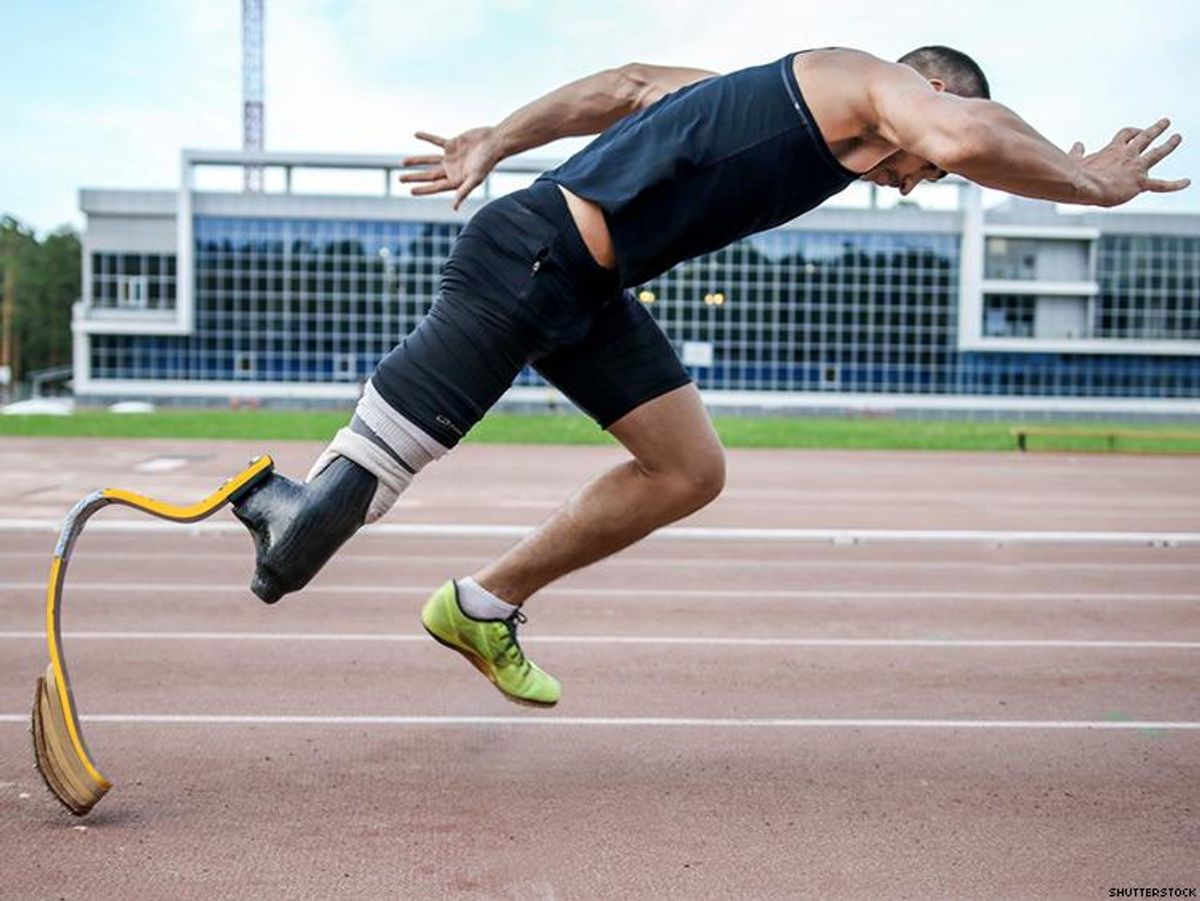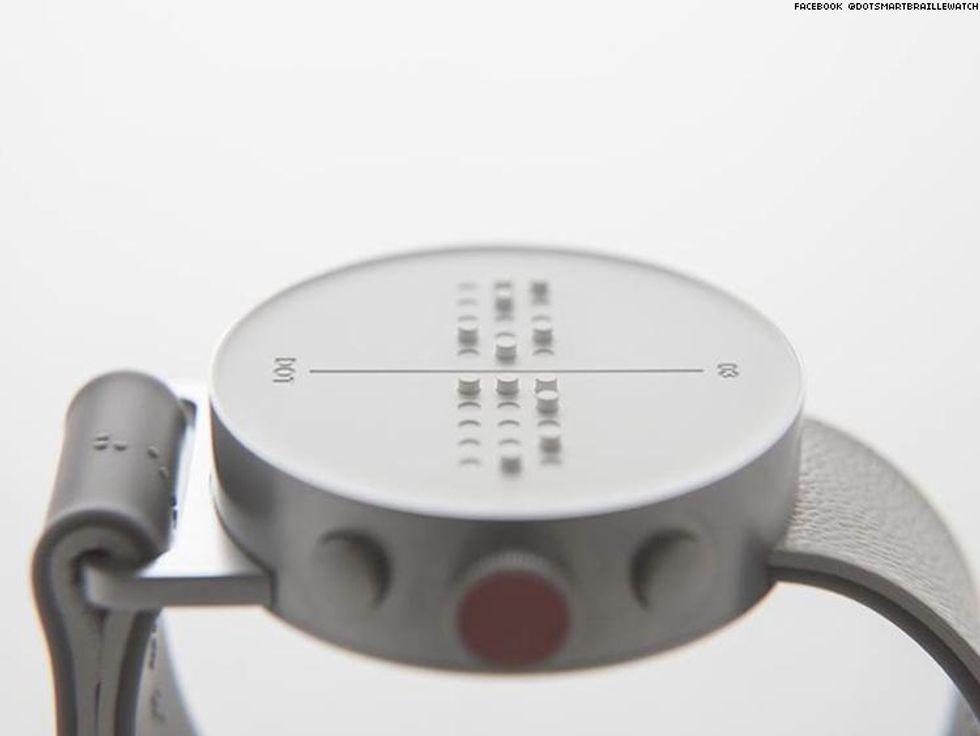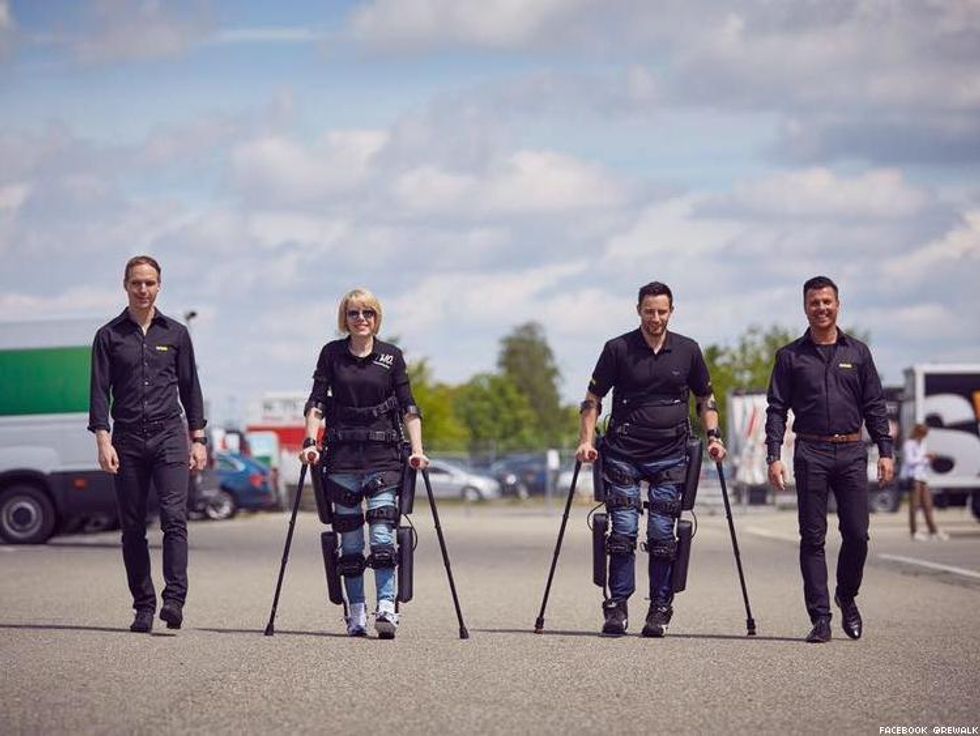LEXUS
Tech Innovations Improving Life For People With Disabilities
Tech Innovations Improving Life For People With Disabilities

People with disabilities are finding new and innovative ways to improve their lives via technology.
October 24 2017 2:55 PM EST
May 31 2023 6:09 PM EST











































































Trans woman challenges transphobic Trump order in court